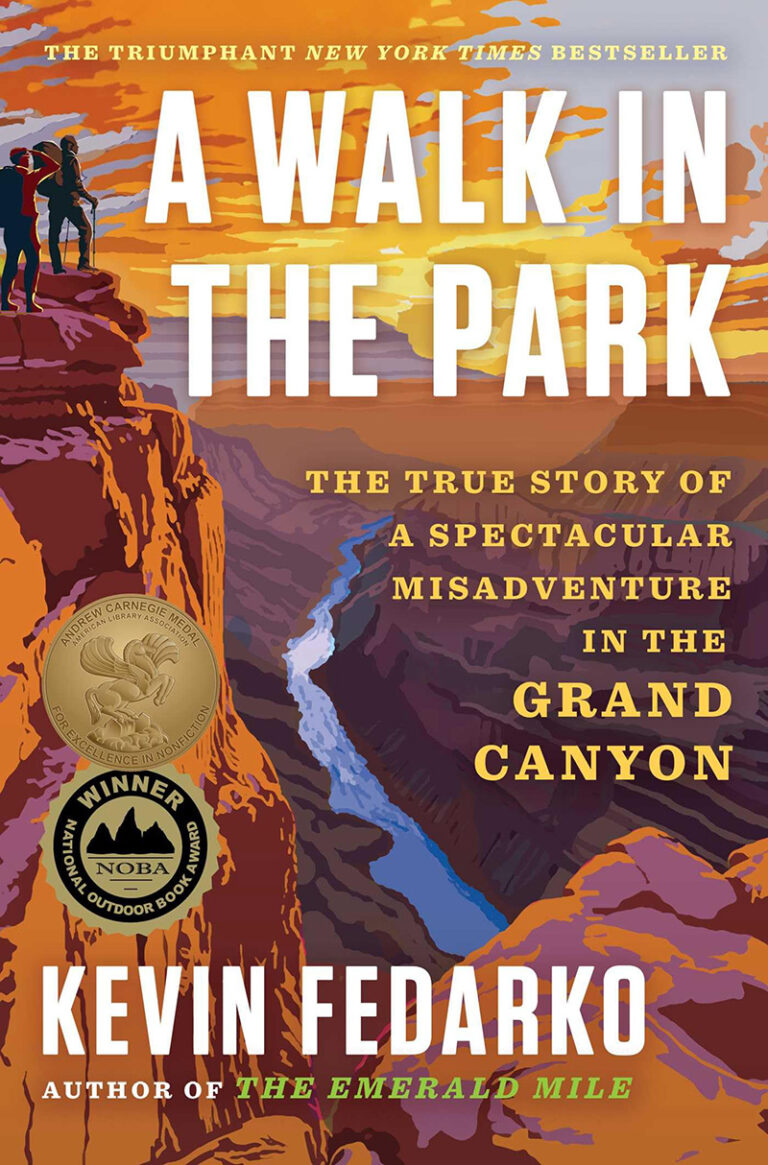No Way Down: Life And Death On K2
Graham Bowley
Harper Books, 2010, 304 pages
Some reviewers have succumbed to the temptation of comparing No Way Down to Jon Krakauer’s Into Thin Air. Though both books deal with Himalayan mountain disasters, the similarities end there. Into Thin Air reveals Jon Krakauer’s view as an experienced climber with considerable journalistic experience. New York Times journalist Graham Bowley presents No Way Down purely as a journalist with no climbing bent.
Without climbing experience, Bowley used the testimony of the survivors to tell his story. While this lends objectivity to his coverage, it creates a journalistic tone in the work. Bowley alludes to, but does not dwell on, the role of “commercialized” climbing in events like that on K2 in August 2008. The narrative, driven by discussions among climbers and Sherpa guides, covers many of the logistical problems and bad decisions that contributed to the disaster. However, Bowley does not speculate on the causes; he succinctly describes the effect.
That No Way Down was published nearly two years after the events described is a testimony to the author’s commitment to “getting it right.” Bowley interviewed dozens of people—including most of the climbers who returned from the mountain—to find out what happened and to gain a personal understanding of climbers and climbing.
While the story flows well and the book is easy to read, there are some annoying quirks in Bowley’s writing. Readers not familiar with climbing terminology may not notice his avoidance of jargon terms like “clipping in” to describe a climber attaching to a rope, or avoiding “piton” and “ice screw” to name the hardware used to attach ropes to the hill. There are also times where he uses parenthetical definitions for less esoteric terms like “bivouac” that interrupt the flow of the narrative.
In spite of its foibles, No Way Down is an enjoyable and informative read. I believe time will judge No Way Down to be an objective look at one of the darker days in Himalayan climbing history.
Stan Miller
Born To Run: A Hidden Tribe, Superathletes, And The Greatest Race The World Has Never Seen
Christopher McDougall
Knopf, 2009 (hardcover; paperback to be released March 29, 2011), 304 pages
It started with a simple question: How come my foot hurts? Christopher McDougall, author of Born to Run, couldn’t jog even a couple of miles without feeling like he was being stabbed in the foot with an ice pick. Frustrated and relentlessly curious, McDougall turned his question into a quest that became a book. The narrative spans continents and cultures and introduces a band of quirky characters—elite runners, scientists, doctors, coaches, and the reclusive, mysterious Tarahumara of Mexico’s Copper Canyons, an injury- and disease-free tribe of “superhumans” who run with ease for hundreds of miles at a stretch.
How can the Tarahumara put in extreme mileage on almost-impassable terrain while McDougall can barely eke out a short run? To find out, he culls decades of running research. The conclusion? Much of what’s commonly believed about running is wrong. For instance: our cushy, gel-happy shoes are actually causing injuries, not preventing them. “Blueprint your feet, and you’ll find a marvel engineers have been trying to match for centuries,” McDougall writes. Put your arches in shoes, and these architectural wonders are rendered impotent, supporting muscles atrophy, and pain ensues. Another key premise: humans evolved to run long, lo-o-o-o-ong distances. If running thrashes our knees or breaks down our bodies, it’s because we’re doing it wrong, no longer fueling properly, training correctly, or using the right form.
The book’s topography is as full of ups and downs and switchback turns as a hilly ultramarathon. The story covers intense trail races, flashbacks of our anthropological roots, and mini profiles of a range of runners, all encompassed by the larger frame of McDougall’s own attempt at an ultra on the Tarahumara’s turf. McDougall writes with humor, and he loves to ratchet suspense—the many cliffhanger endings (love them or hate them) are the literary equivalent of the Copper Canyon drop-offs that mark the edges of the Tarahumara’s world.
Whether or not you’re into McDougall’s style, the story is gripping and the science fascinating. Prepare to want to toss your running shoes and find out if you, too, are born to run.
Sarah Hauge













